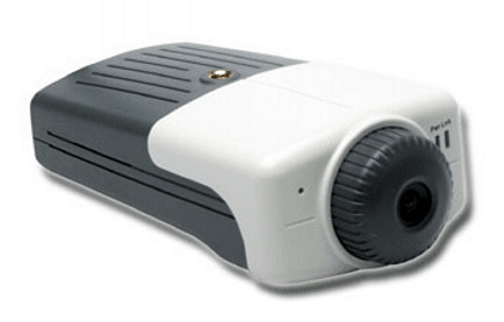IP camera
An IP camera is a video camera that can communicate using the IP protocol. It is equipped with an Ethernet port and can transmit video over Ethernet LANs or the Internet using the IP protocol. IP cameras and the IP surveillance are an effective and inexpensive replacement for video surveillance.
Digital IP cameras are controlled remotely by the administrator or security guard directly or through a browser. Such techniques are used in digital video surveillance, where video is stored and analyzed on a video server or network video recorders( NVR).
An important aspect of IP-based video surveillance is automatic alarm triggering. For this purpose, programs are used to detect motion profiles, which are available as metadata and are compared with the motion pattern of the recording.
The bandwidth required for transmission depends on the image resolution and the frame rate. To achieve high quality while keeping the required bandwidth as low as possible, some IP cameras work in parallel with several video codecs. The background is to provide guards with a low-resolution image for quick assessment of an alarm situation, and a high-resolution video sequence for more detailed analysis. However, these analytical approaches to video surveillance are proprietary.
In terms of file formats, video file formats with different frame rates or other graphic file formats can be supported. Protection against tampering can be realized by means of watermarking technology and authorization.

